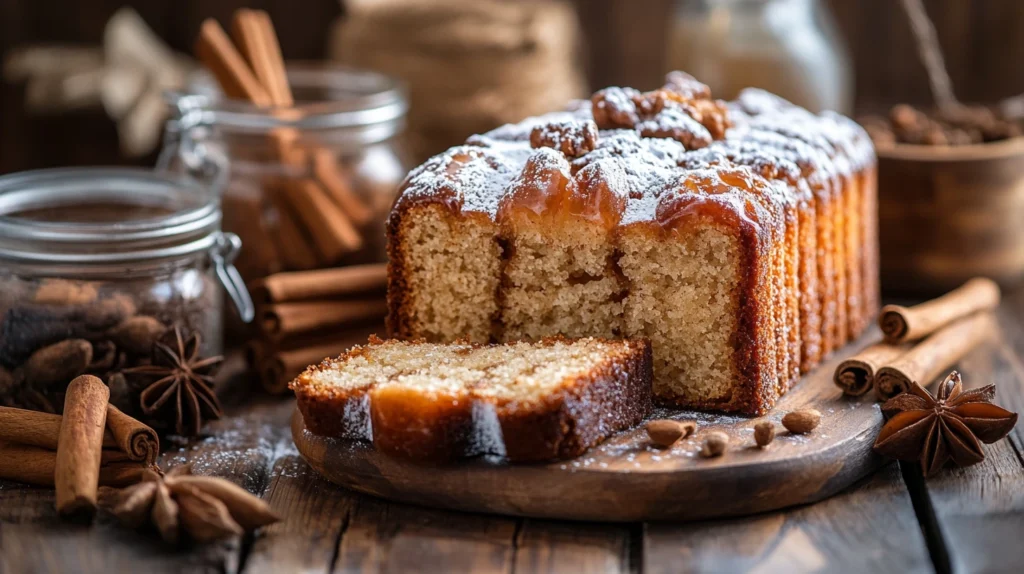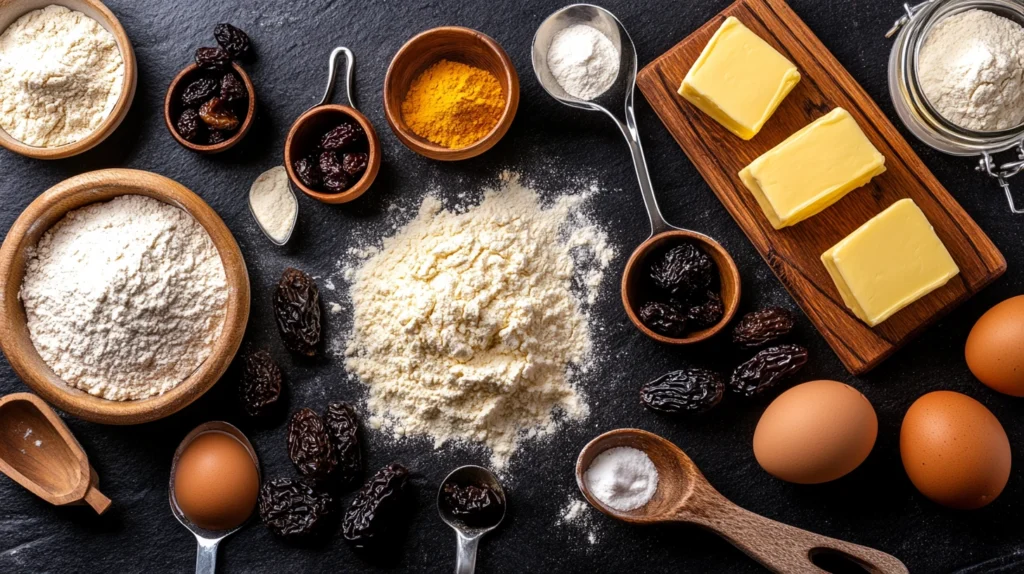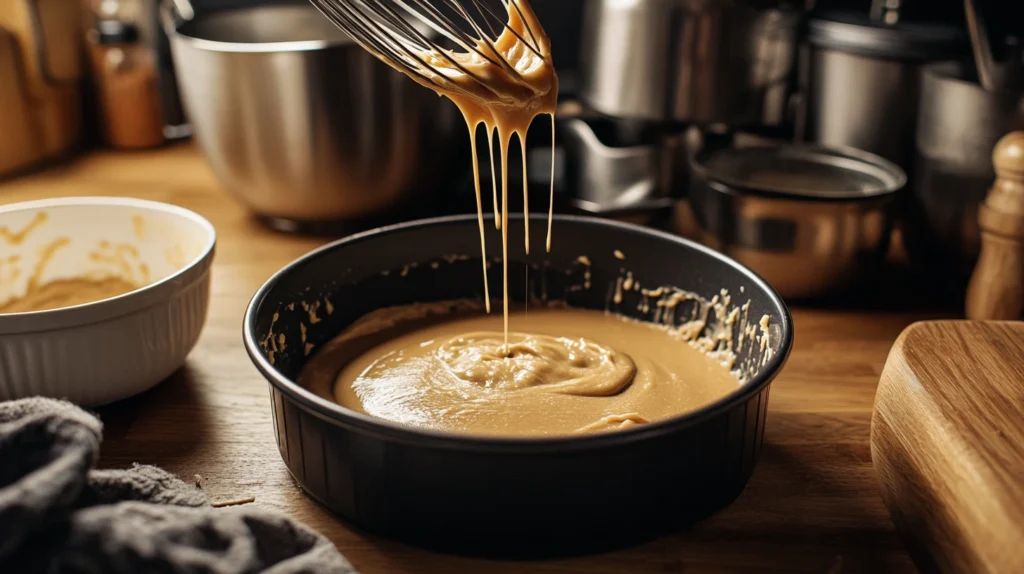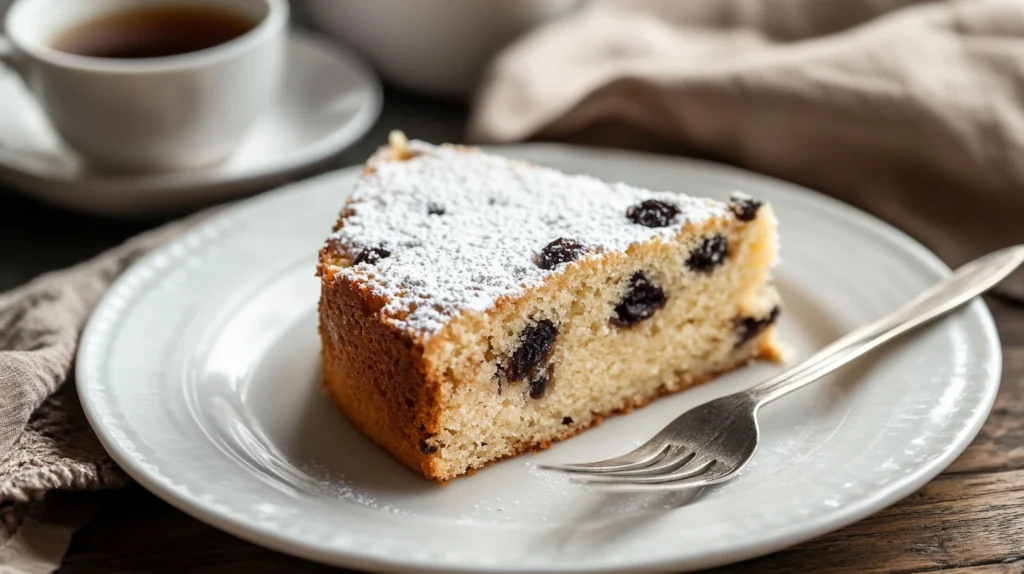
Jap cake—a name that might spark curiosity, confusion, or even controversy. Have you ever heard of it? Or perhaps you’ve tasted one but never stopped to wonder about its unusual name. Well, you’re not alone! Many people are puzzled by this dessert’s title, and the history behind it is as rich and layered as the cake itself.
In this article, we’ll take a deep dive into the origins, meanings, ingredients, and cultural significance of this layered dessert. We’ll also address modern perspectives, potential controversies, and tips for making the perfect Jap cake at home. So, let’s get started! 🍰
Table of contents
Introduction to Jap Cake: A Curious Name with a Rich History
Jap cake isn’t just another dessert; it’s a piece of culinary history wrapped in layers of flavor and mystery. But let’s face it—its name immediately grabs your attention.
Where did this term come from? Is it connected to Japan, or is there another story behind it? These are questions that have lingered in the minds of food historians and dessert lovers alike.
“A name can hold a story as rich as the recipe itself.”
Before jumping into the specifics, it’s important to understand that the name “Jap cake” has historical roots, though it might be misunderstood in today’s context. Let’s break it down step-by-step to clear up the mystery.
Historical Background of This Dessert
The Origins of the Name “Jap Cake”
Despite its name, this dessert has no direct ties to Japan. Instead, the term “Jap” likely originated as a shorthand for “Japanese” or as an abbreviation used casually in earlier times. Historical records suggest that the cake became popular in the early 20th century, especially in southern parts of the United States.
Some culinary historians believe the cake was inspired by Japanese sponge cakes due to its light texture and delicate layers. Others argue that the name may have been a marketing gimmick to make it sound exotic and appealing.
Cultural Influences Behind the Naming
Back in the early 1900s, it was common for food names to borrow exotic or foreign-sounding terms to create intrigue. Think about how we have French toast or Danish pastries—neither of which necessarily originated in the places they’re named after. This dessert likely followed the same trend, using its name to spark curiosity.
When and Where Was Jap Cake First Created?
Historical documentation points to the American South as the birthplace of Jap cake. Some say it emerged as a holiday treat, while others suggest it was a regional specialty shared during celebrations. Over time, it evolved with variations, but the name stuck—though not without sparking modern-day debates.
What Does “Jap” Mean in Jap Cake?
Etymology of the Term “Jap”
The word “Jap” has a complicated history. While it may have originally been an innocent abbreviation for Japanese, it later took on negative connotations, especially during World War II.
“Words evolve, and so does their impact. What may have been harmless once can feel offensive today.”
In the context of Jap cake, most historians agree that the term wasn’t meant to offend. Instead, it likely reflected early 20th-century naming practices focused on marketing appeal rather than cultural sensitivity.
Misconceptions and Controversies Surrounding the Name
Today, many people question whether the name “Jap cake” is appropriate. Some bakeries have even rebranded it under different names like “Layered Prune Cake” or “Molasses Spice Cake” to avoid misunderstandings.
But does changing the name erase its history? That’s a debate that continues, especially among culinary purists and cultural commentators.
Ingredients and Traditional Recipe for This Spice Cake

This delightful dessert is known for its rich flavor, moist texture, and layers of spices. It’s often compared to fruitcake but is much lighter and less dense.
Key Ingredients That Define Jap Cake
Here’s a breakdown of the essential ingredients in a classic Jap cake:
| Ingredient | Quantity |
|---|---|
| All-purpose flour | 2 cups |
| Brown sugar | 1 ½ cups |
| Eggs | 3 large |
| Molasses | ½ cup |
| Prunes (chopped) | 1 cup |
| Baking soda | 1 teaspoon |
| Cinnamon | 1 teaspoon |
| Nutmeg | ½ teaspoon |
| Butter (softened) | 1 cup |
| Milk | 1 cup |
| Vanilla extract | 1 teaspoon |
How Is Jap Cake Typically Prepared?

- Mix Dry Ingredients – Combine flour, baking soda, and spices in a bowl.
- Cream Butter and Sugar – Beat butter and brown sugar until fluffy.
- Add Wet Ingredients – Blend in eggs, molasses, and vanilla extract.
- Combine Everything – Gradually add dry ingredients and milk, stirring until smooth.
- Fold in Prunes – Gently mix chopped prunes into the batter for texture and flavor.
- Bake It – Pour the batter into a greased cake pan and bake at 350°F for 45–50 minutes or until a toothpick comes out clean.
- Cool and Frost – Let it cool completely before adding frosting, typically a cream cheese or buttercream glaze.
🍴 Pro Tip: To keep the cake extra moist, soak the prunes in warm water or rum before mixing them into the batter.
Evolution of Jap Cake Over Time
Modern Twists and Variations of Jap Cake
Today’s bakers love experimenting with recipes for this traditional dessert, adding modern twists like chocolate chips, nuts, or even a rum glaze. Gluten-free and vegan versions have also made their way into the spotlight, ensuring everyone can enjoy this classic dessert.
Regional Differences in Ingredients and Presentation
In some areas, Jap cake includes layers of dried fruits similar to fruitcake. In others, it’s simplified with fewer spices and more emphasis on sweetness. No matter the variation, the core essence of the cake—rich flavors and moist texture—remains intact.
Nutritional Information
| Nutrient | Amount per Slice (1/10 of Cake) |
|---|---|
| Calories | 280 kcal |
| Carbohydrates | 45 g |
| Protein | 3 g |
| Fat | 10 g |
| Sugar | 25 g |
| Fiber | 2 g |
“Desserts like Jap cake remind us that indulgence can be balanced with moderation.” 🍽️
Is the Name “Jap Cake” Offensive? Modern Perspectives
The name “Jap cake” has stirred debates in recent years, especially as society grows more aware of cultural sensitivity. While it might have originated as an innocent abbreviation, the word “Jap” became derogatory during World War II, making its use controversial today.
“Words carry weight, and what once seemed harmless can later feel heavy with history.”
Cultural Sensitivities Related to the Term “Jap”
For many, the word “Jap” evokes painful memories tied to racial discrimination and wartime propaganda. This has led to discussions about whether the name of this dessert should be changed. While some argue it’s merely a historical artifact, others feel renaming it shows respect for modern values.
Efforts to Rename or Rebrand Jap Cake
Several bakeries and chefs have already opted for alternative names to avoid offending customers. Popular replacements include:
- Prune Spice Cake
- Molasses Fruit Cake
- Layered Southern Cake
These new names focus on the ingredients and flavors rather than outdated terminology, helping the dessert retain its charm without controversy.
🍰 Fun Fact: In some regions, Jap cake is simply called “spice cake” to avoid misunderstandings.
Common Baking Problems and Solutions for This Classic Cake
Like any dessert, this classic cake can present a few challenges during preparation. Let’s explore some common issues and how to fix them.
Why Does Jap Cake Sometimes Collapse?
If your Jap cake sinks in the middle, it’s likely due to overmixing or underbaking. Overmixing introduces too much air, causing the cake to rise rapidly and then fall. On the other hand, underbaking leaves the center too wet, preventing it from setting properly.
Solution:
- Mix the batter gently—stop as soon as the ingredients are combined.
- Always test the center with a toothpick before removing it from the oven.
How to Achieve the Perfect Texture and Moisture
This cake should be moist but not soggy. If it turns out too dry, you might have overbaked it or used too little fat.
Solution:
- Use high-quality butter and add an extra egg yolk for richness.
- Brush the cake with syrup or honey after baking for added moisture.
🍯 Pro Tip: Adding a tablespoon of sour cream to the batter can make the cake extra soft and fluffy!
Troubleshooting Baking Errors: Tips and Fixes
| Problem | Reason | Solution |
|---|---|---|
| Cake sticks to the pan | Pan wasn’t greased properly | Use parchment paper or a non-stick spray. |
| Cake is too dense | Batter overmixed or too much flour | Sift flour and fold in gently. |
| Uneven baking | Oven temperature fluctuates | Use an oven thermometer for accuracy. |
| Cracks on top | Oven temperature too high | Lower the temperature and bake slowly. |
“Baking is a science, but with a sprinkle of patience and a pinch of love, it becomes art.” 🎨
Jap Cake in Popular Culture and Traditions
This layered cake has been more than just a dessert—it’s a cultural symbol, especially in the southern United States. From holiday dinners to family reunions, it’s often a centerpiece that sparks conversation and nostalgia.
How Jap Cake Became a Regional Specialty
In the South, Jap cake earned its reputation as a celebratory treat, particularly during Christmas and Thanksgiving. Its rich flavors and long shelf life made it ideal for festive gatherings.
“A good cake doesn’t just feed the stomach—it feeds the soul.”
Festivals and Celebrations Featuring Jap Cake
Although not as famous as some other desserts, Jap cake occasionally makes appearances in food festivals and baking contests, especially in rural communities that celebrate traditional recipes.
Nutritional Information and Dietary Considerations
For those who love dessert but also care about health, Jap cake can be adapted to fit dietary needs.
Caloric Content and Nutritional Breakdown
| Nutrient | Amount Per Slice (1/10 of Cake) |
|---|---|
| Calories | 280 kcal |
| Carbohydrates | 45 g |
| Protein | 3 g |
| Fat | 10 g |
| Sugar | 25 g |
| Fiber | 2 g |
Gluten-Free and Vegan Alternatives for Jap Cake
Want to make Jap cake gluten-free or vegan? No problem!
- Gluten-Free Version: Use almond flour or a gluten-free baking mix instead of regular flour.
- Vegan Version: Swap eggs for flaxseed meal (1 tablespoon flaxseed + 3 tablespoons water = 1 egg). Replace butter with coconut oil and milk with almond milk.
🌿 Pro Tip: Vegan cream cheese frosting pairs perfectly with this cake!
Modern-Day Popularity of This Dessert
While this traditional dessert isn’t as widely known as other dessert, it’s making a quiet comeback thanks to food bloggers and social media influencers.

Social Media Influence and Revival of Jap Cake Recipes
Platforms like Instagram and TikTok have given Jap cake a modern twist. Home bakers share creative designs, gluten-free versions, and even bite-sized cupcakes inspired by the original recipe.
Where Can You Find Jap Cake Today?
This dessert isn’t commonly sold in major supermarkets, but specialty bakeries and farmers’ markets often carry it. You can also find recipes online, making it easy to bake at home.
FAQs About Jap Cake
Why is it called a Jap cake in the first place?
The name likely stems from early marketing trends, using “Jap” to create intrigue rather than refer to Japan directly.
Is this dessert the same as Japanese Cake?
No, Jap cake has no direct link to Japanese cakes. It’s more like a spice cake with molasses and prunes.
What are the key flavors that define Jap Cake?
Its defining flavors include cinnamon, nutmeg, molasses, and dried fruits, creating a rich and spiced profile.
Can Jap Cake be made without eggs or dairy?
Absolutely! You can substitute eggs with flaxseed and use plant-based milk and butter for a vegan version.
Are there any other names for Jap Cake?
Yes, it’s sometimes called “Prune Cake” or “Southern Spice Cake.”
Where can I buy authentic Jap Cake today?
Your best bet is small-town bakeries, holiday markets, or online recipes for a homemade version.
Discover More Delicious Recipes and Baking Tips
If you’re captivated by the rich flavors and fascinating history of Jap cake, why not explore more mouth-watering recipes and baking guides? 🍰
- Dive into the art of layered desserts with our How to Make Cowboy Cake – A Delicious Taste of the Old West—a hearty, flavorful cake perfect for celebrations.
- Looking for healthier options? Check out our Rice Cakes – Benefits and Recipes for Healthy Snacking to balance your indulgences with lighter treats.
- Craving something rich and savory? Try the Ultimate Guide to Beef Gravy Recipe for the perfect side dish to complement your cakes.
- For a sweet and modern twist, don’t miss our Ultimate Crookie Recipe—a delightful fusion of cookies and croissants!
These recipes and tips are just a slice of what you’ll find on our site. Explore, experiment, and enjoy the magic of baking! 🎂
Conclusion: Unwrapping the Mystery Behind Jap Cake
This dessert might have a name that raises eyebrows, but its rich history and unforgettable flavor make it a dessert worth exploring. Whether you stick to tradition or put a modern spin on it, this cake is more than just a treat—it’s a slice of culinary heritage.
“Food tells stories, and Jap cake’s story is one of curiosity, flavor, and evolving culture.” 🍰
